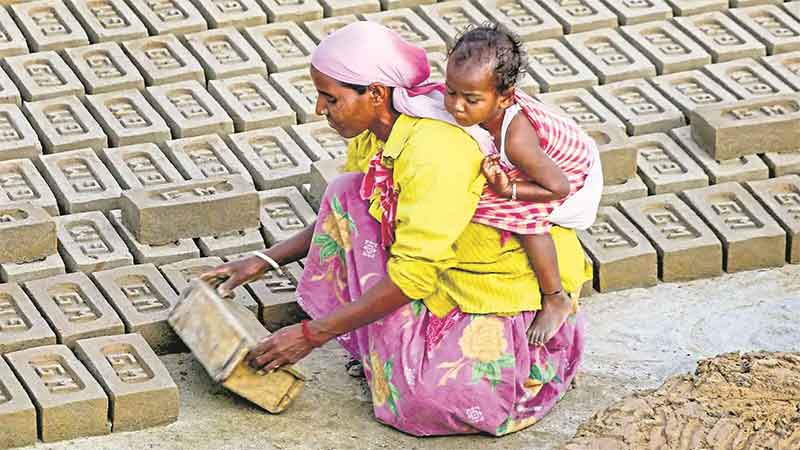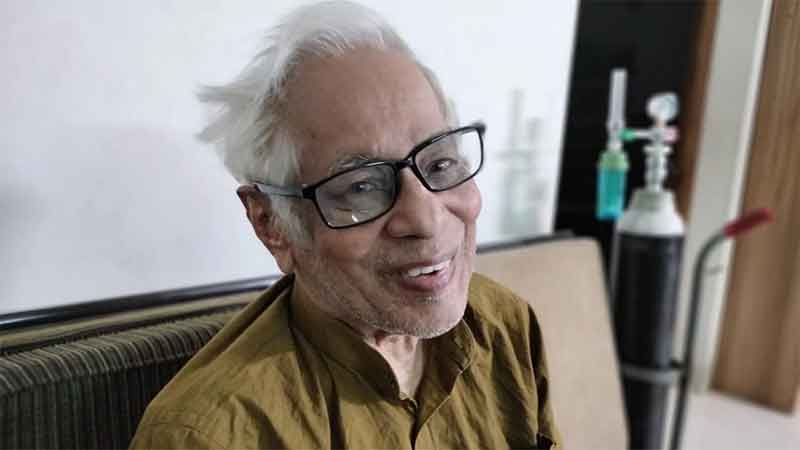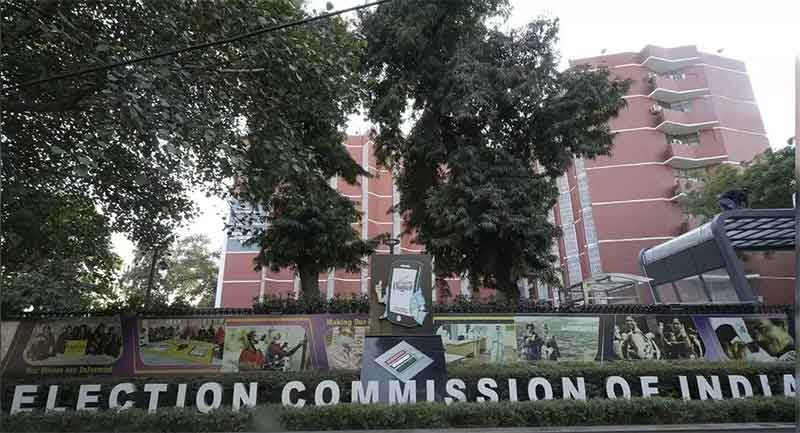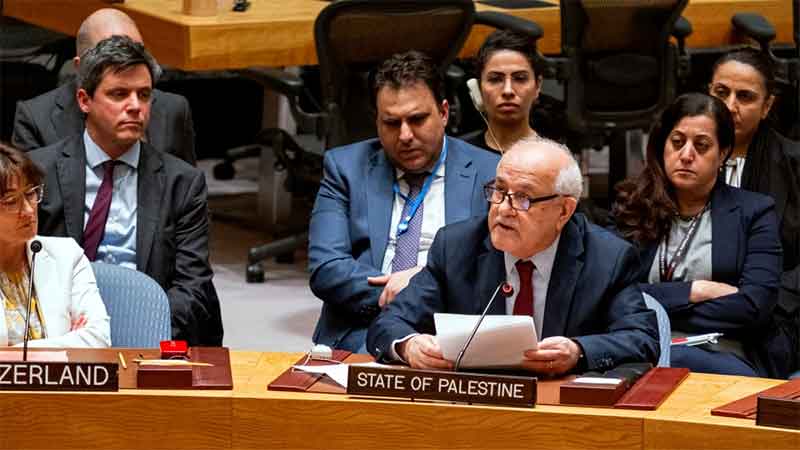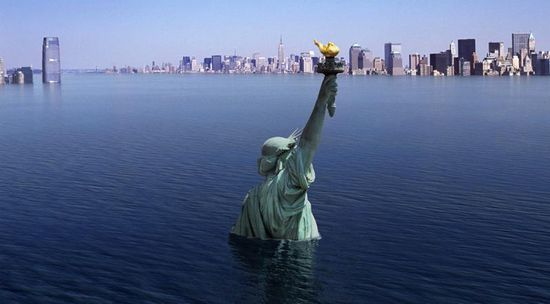I’ve known rivers: I’ve known rivers ancient as the world and older than the flow of human blood in human veins. My soul has grown deep like the rivers – Langston Hughes

A bridge is always beautiful. This bridge is located in Ghorashal, Narshingdi, Bangladesh on Shitalakhya River
Until the Harvard College admission acceptance letter came I did not see the personal statement “Which I is I” that our 16-year-old daughter Noor wrote as part of the application requirements. We knew that she had spent days in writing, rewriting and perfecting her statement. Everyone who applies to Harvard is of course has the top grades, a valedictorian, captain of a sports team, editor of the school newspaper, brilliant etc. However, the personal statement with an edge becomes the ultimate decider in giving out one of the most highly sought-after spots in the freshman class. In the personal statement the applicant has to show what she/he can offer to make Harvard a better place and how they can motivate those around them during their time there and beyond. A very careful individual attention is given to each application and Harvard chooses those who will be the best educators to one another. My daughter applied with another 24,000 students from across the world. Only 1,600 students were offered admission. Of late I stumbled upon a copy of the 1,000 word single spaced essay that she had given me before she went off to college. I read the statement this morning again and was elated to see that she had written about my river Shitalakhya that flows through my ancestral village. The statement has the following opening paragraph: “The letter opened with a crude scrawl on yellowing paper. ‘Now it is rainy season in our country. The roads are all muddy and slippery most of the time due to rain. The river is filled with dark water and it is really very beautiful…’ Baburam Pahan, the child our Asian Students association has adopted, is living in the poor outskirts of Dhaka, Bangladesh. He wrote this letter. In a daze, I wondered what he saw in the deep waters of the Shitalakhya river, may be gazing at it after school, his legs cool from running through rice fields…Twenty-five years ago, my parents crossed what Salman Rushdie describes as ‘a translucent membrane across the sky, between us and the last high road into the West, the unseen frontier.’ They would get up and see the bleak New England parking lots filled with this strange ‘snow’ like white Sahara. My mother bought ‘Classical Music of India’ tapes. Those few moments of high strung sitar on the ecstatic drone of the qawwal, and the near heartbeat of tablas were the only vestige of reality in her life. I remember watching her, eyes closed, rocking to the song ‘I shall take this harp of my life…I shall tune it to the notes of forever…’ Was she my age again, opening windows before daybreak, her hair in tight raven pigtails, running in her uniform across those flooded green fields? Did she see the gray murkiness of the Shitalakhya and wonder about the murmurs she heard in its depths and what dreams of the days to come?”
In a 2009 nonfiction piece titled “Train Ride Home,” I wrote: “After two more quick stops at Pubail and Arikhola my morning express heads towards Ghorashal with a thunderous roar before it slows down as it is going to be on top of the bridge over the enchanted Shitalakhya river. My heart almost stops because of excitement and fear. Those few moments I hold my breath as it starts to descend and approaches the station. At last it touches the station…”
In Deltaic Bangladesh, as the glaciers in the Himalayas are melting it is increasing effects of “climate change, deterioration of river ecology and the construction of dwelling-houses” to house the ever increasing population in the country. From the murky and polluted waters in the above picture of the Shitalakhya it is evident that it is now a major erosion-prone river in Bangladesh. Erosion is destroying the river bed and its banks. It is destroying fish, wildlife and ultimately people. The energy in a river causes erosion automatically and the earthen materials are worn away and transported by wind and water. Erosion is destroying innumerable villages along the Shitalakhya. It once was the lifeline of many. Fishing in the river was a major source of income for the fisherman in the adjoining villages. Hilsa and other freshwater fish were in abundance. People used to thrive near the river as they also used it for transportation and the lives it supported. It has become an attraction for the land grabbers.
Sitalakkhya today is in the list of endangered rivers. It furthermore is dying due to dyeing as the manufacturing companies keep on dumping dye straight into the river. Careless disposal of waste from livestock are being carried into the river as well. Such harmful things add unwarranted nutrients and many illness causing bacteria. Incessant industrial dumping and combustion engines of riverboats, launches, ferries, fertilizers and pesticides end up in rivers like the Sitalakhya. “In Bangladesh’s capital, Dhaka, the government has declared three rivers as ‘biologically dead’ due to the effluent from surrounding garment factories. The Chilai River of the Gazipur district has become heavily polluted because of contamination from illegal structures, settlements and factories built on its banks. While others on the death throes are Buriganga Turag, Shitalakhya, Balu and Bangshi with no dissolved oxygen left in its water. That is because the country has grown into a cheap clothing manufacturing hub of the world. But poor regulation of the industry is taking a toll on its rivers and the health of the poor who live nearby.”
“Bangladesh University of Engineering and Technology team intended for policymakers, textile engineers, and environmentalists proposed that they should develop innovative technologies and policies for textile dyeing and effluent treatment, said a more scientific approach could reduce water usage by 23 percent. It further adds that strict monitoring of effluent treatment can help curb pollution in the country.”
According to a 2019 article published in the Financial Express (a Dhaka newspaper where I wrote a biweekly column), the Bangladesh government is in the process of drafting a master plan to protect and safeguard the endangered rivers from pollution, erosion and infringement. The plan will also include issues such as the “sewerage system and waste management.” In the absence of proper preservation, some rivers including the Sitalaykha have been grabbed illegally. The constant dumping of industrial and human waste and greedy land grabbers are adding to the decay of the Shitalakhya River.
“River experts, on the other hand underline the need for streaming the government’s river saving initiative as the major river basins in the country are made vulnerable due to unilateral withdrawal by the upstream countries.”
Currently, under a new project, “the government will install some 12,000 demarcation pillars along the Dhaka Rivers.” There will be long waterways and trees planted along the banks. Echo-parks will be set up to sustain greenery beside the waterways of the dying rivers. People have changed the Shitalakhya River to the point where it provides no valuable ecosystem.
The government’s other initiatives included removing major obstacles such as roads, footbridges, dams and other structures that is disturbing the natural flow of water. Those projects ended up in a failure because of lack of proper implementation, incompetent management, technicalities and dirty politics. After that the High Court came to the rescue. Last year it gave a landmark ruling to save the dying rivers of Bangladesh. It appointed the National River Protection Commission (NRPC) “the guardian” in saving and protecting the dying rivers and its waterways. Let us hope some good will come out of it.
The once dynamic and beautifully entrancing Shitalakhya River is in dire need of protection that my daughter had written about in her college essay. It now has been converted into a rampant dumping ground of industrial and human waste. In it, I have taken numerous boat rides and saw the overview of my village during my childhood. I have gone to the other side of the river with my mother for a day trip to visit relatives or to attend weddings. I have seen fishermen fishing; women squatted shoulder to shoulder washing pots and pans and kitchen utensils (as the water was clean), people bathing, and men and women washing clothes by the river. In the evening, during our return trip back to my village, I saw the night stars on a moonlit night lying in the boat. The boat rocked gently as our familiar boatman Hasan hummed a tune of Bhatiyali song of Abbas Uddin Ahmed. Majhi baiya jao re/ Akul daryar majhe amar bhanga nao re… I still can hear the gentle lapping of the waves, his song and the cool breeze of the Shitalakhya touching my face. For many decades humans have interfered with this beautiful river’s fragile ecosystem. I earnestly hope and pray that the river’s water will be kept safe from further destruction for the people and its aquatic animals.
Zeenat Khan writes from Maryland, USA
SIGN UP FOR COUNTERCURRENTS DAILY NEWSLETTER


















